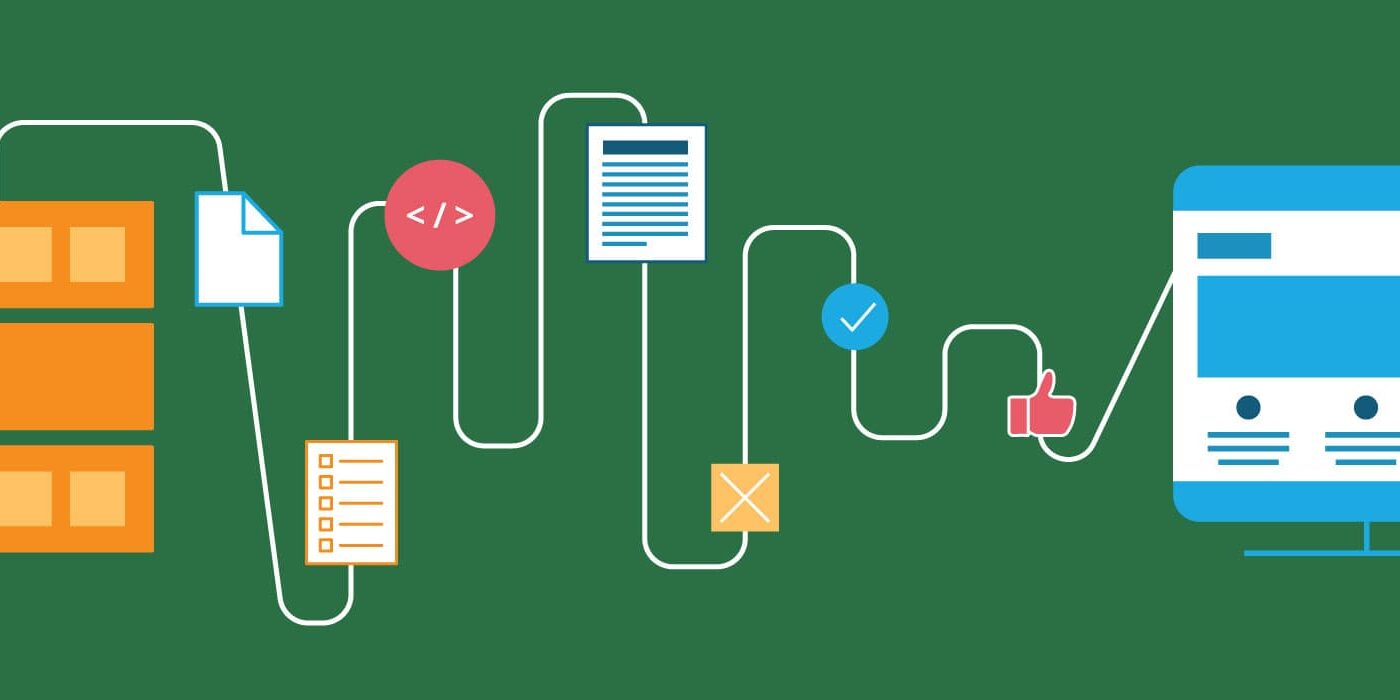A/B testing is a typical way for engineers and item groups to see how clients connect differentially with their devices.
For instance, if a group is dispatching another component, it would need to know whether this element does what it is intended to do — increment commitment, information exchanges, buys, etc. By testing the new element in a test, they’ll have the option to decide the exact way the new component influences the client experience versus a benchmark group.
On my site, Solitaired, we A/B test on a continuous premise. We test new highlights (utilizing painted entryways), new games, and new formats. We start our A/B tests off at 10% and afterward scale our testing as we see positive commitment.
A major issue for us was setting up the A/B testing in any case. Obviously, there are instruments out there that imply to make A/B testing simple — apparatuses like Optimizely and Google Optimize.
Nonetheless, the principle focal point of these apparatuses is customer side — which means the A/B testing changes occur after a page is stacked.
While usability is one of the advantages of customer side testing, there are some significant drawbacks to customer side testing:
- Page gleaming as the A/B testing kicks in
- Restricted generally to visual changes like content, colors, and so forth
- Multi-page testing is almost incomprehensible
That is the reason most applications or genuine A/B testing groups use worker side testing.
Worker side testing is somewhat trickier to set up (yet not unreasonably interesting), but rather has some additional advantages:
- Further developed speed and no on-page gleams
- Multi-page/multi-step testing
- Capacity to match up with backend information bases
We were cheerful enough with our A/B testing programming that we delivered it open source. Here, we’ll stroll through how to utilize our middleware for A/B testing for Node.js applications.
- Introduce A/B testing middleware
- Necessities
- Hub and Express
- express-meeting for meeting the board
- You can begin by introducing the npm library, simple abtest:
- npm introduce simple abtest
Then, at that point add the bundle to your app.js document:
const abtest = require(‘easy-abtest’);
Further down in your record, add the middleware with the choices contention (we’ll get into this beneath):
let choices = {
empowered: valid,
name: ‘test ID-here’,
containers: [
{variant: 0, weight: 0.40},
{variant: 1, weight: 0.60}
]
}
app.use(abtest(options));
Note: on the off chance that you use express.static, add the middleware code after it. Else, it’ll run on each static resource call.
The choices article can be depicted as follows:
Empowered (Boolean): this is so you can undoubtedly wind down on or your A/B testing code
name: test name. This is a slug you can add, or then again in case you are utilizing Google Analytics or Mixpanel, you should add their slug into this field
containers: This is the acceptable stuff. This is an exhibit where you depict your variations. Every variation is an article with the accompanying keys:
variation: 0 for control, 1 for the primary cell, 2 for the second, etc. Just the 0 pail is genuinely required, yet you ought to have an investigation cell also
weight: this is the level of traffic this cell should take up. A worth of 0.1 equivalents 10%, for instance. The entirety of your loads should amount to 100%
Presently when another client goes to your application, the middleware will run and allocate a can to the client’s meeting. It likewise allocates the pail to the nearby factors that can be utilized in your view layouts.
In your switches: req.session.test
In your perspectives: abTest
By being accessible in both your switches and your perspectives, the container can be utilized to fragment your clients any way you’d like, e.g.:
Assuming you need to send one view layout to your control clients, and an alternate one to your test cell, you can call distinctive render() capacities:
in the event that (req.session.test.bucket == 0) {
return res.render(‘index’);
} else if (req.session.test.bucket == 1) {
return res.render(‘index-new’);
}
Assuming you need to show various features to your clients directly in the view, you can do that as well:
in homepage.pug
on the off chance that abTest.bucket == 0
h1 The best thing ever.
else if abTest.bucket == 1
h1 The best thing since fruit dessert.
That is it for the arrangement side. With admittance to the backend, see formats, and customer side, you can instrument your tests any way you need. (E.g., the group at Mojomox utilizes simple abtest to sort out the request for steps to provide for clients on a multipage experience).
Interfacing the testing framework to announcing framework
In spite of the fact that you would now be able to run A/B tests in your application, you actually need to realize which tests won. That implies you need to associate your trials to some detailing backend. I’ve a few ideas beneath:
Interface with Google Analytics
Suppose you need to follow in the event that one investigation brings about a larger number of snaps on a catch than another.
You can do this effectively by adding the A/B test can information to the view as a JSON article, and afterward push up the proper occasions:
script.
let abTest = !{JSON.stringify(abTest)};
on the off chance that abTest.bucket == 0
button#cta Click here at this point
else if abTest.bucket == 1
button#cta Start today!
script.
$(‘#cta’).on(‘click’, work() {
gtag(‘event’, abTest.bucket, {
‘event_category’: abTest.name,
‘event_label’: ‘start today’
});
});
Assuming you need to utilize Google Optimize for your A/B testing item, you simply need to follow the instructional exercise here and use Optimize Experiment ID as the analysis slug in the middleware choices.
Make your own data set
Likewise, you can follow occasions in a data set table you think of yourself. Remember the high volume of exchanges that might happen. In any case, you ought to remember the accompanying fields for your table:
Test name
Can variation
Worth (e.g., 1 for “one catch click”)
Date/time
Conclusion
Worker side A/B testing is obviously worthwhile to the customer side, yet in the past it has required contemplating how to set it up. With the simple abtest middleware, you can without much of a stretch incorporate A/B testing into your application.
What will you test straightaway? An item cost increment, or maybe another logo? With A/B testing, you can test persistently to perceive what makes the best item for your clients and your business.








